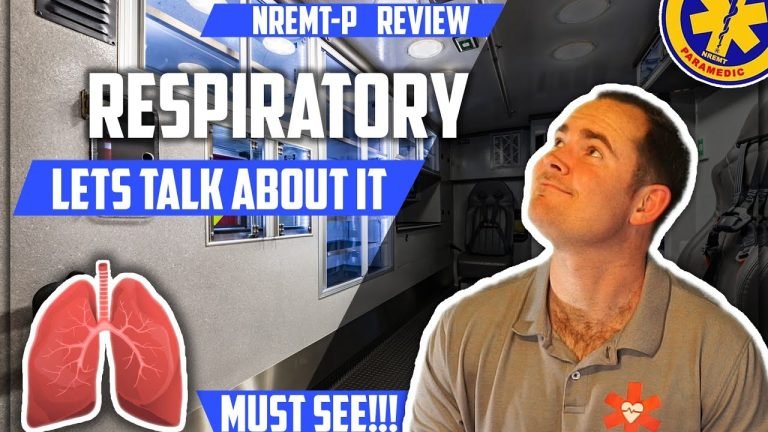Recognizing Severe Airway Obstruction: A Quizlet Guide

Are you familiar with the signs of severe airway obstruction? Take our quizlet to test your knowledge and learn more about this critical medical condition. From difficulty breathing to a high-pitched sound while inhaling, knowing the signs of severe airway obstruction could save a life. So, are you ready to put your knowledge to the test? Let's get started!
What is the sign of severe airway obstruction?
Severe airway obstruction is indicated by the inability to cry, talk, breathe, or cough, and the possibility of grasping at the throat. This may also be accompanied by severe anxiety or agitation, as well as a bluish or dusky discoloration. These signs are crucial to recognize for prompt intervention and medical attention.
What may indicate an airway obstruction?
If you or someone else is experiencing difficulty breathing or no breathing, gasping for air, panic, or high-pitched breathing noises called stridor or stertor, it may indicate an airway obstruction. These symptoms are important to recognize and address quickly in order to ensure proper breathing and prevent further complications.
What is a sign of severe airway obstruction in victims 1 year of age and older?
Severe airway obstruction in victims 1 year of age and older can present with some distinct signs. One clear indication is the inability to produce an effective cough. Additionally, very high-pitched wheezing can also be a sign of severe airway obstruction. However, perhaps the most alarming sign is when the person starts turning blue, known as cyanosis. All of these signs are cause for immediate action.
Recognizing signs of severe airway obstruction in older children and adults is crucial in providing timely and effective assistance. One key indicator is the inability to cough effectively, as this may signal a blockage in the airway. Another important sign to look out for is very high-pitched wheezing, which can indicate a severe obstruction. However, when a person starts turning blue, known as cyanosis, it is a clear and urgent sign that immediate intervention is necessary.
When dealing with severe airway obstruction in victims 1 year of age and older, it is important to be aware of the signs that indicate a critical situation. Inability to produce an effective cough, very high-pitched wheezing, and the onset of cyanosis are all indicators of severe airway obstruction. It is crucial to recognize these signs and take immediate action to address the obstruction and ensure the person's airway is clear.
Identifying Life-Threatening Airway Blockages
Airway blockages can be life-threatening, but with the right knowledge and quick action, they can be effectively managed. It's crucial to be able to identify the signs of an airway blockage, such as choking, wheezing, and difficulty breathing. If someone is experiencing these symptoms, it's important to act fast and administer first aid to clear the airway and restore normal breathing.
One effective method for clearing a blocked airway is the Heimlich maneuver, which involves applying abdominal thrusts to dislodge the obstruction. It's essential to learn how to perform this technique properly to ensure that it is effective and does not cause harm. Additionally, knowing when to seek medical assistance is crucial in cases of severe airway blockages, as professional intervention may be necessary to fully resolve the issue.
By staying informed and prepared, individuals can help prevent life-threatening airway blockages and respond effectively when they occur. Learning how to recognize the signs of an airway blockage and being equipped with the skills to address it can make a significant difference in saving lives. With the right knowledge and quick action, anyone can be empowered to effectively manage and prevent airway blockages.
Mastering Emergency Airway Management
Are you prepared to handle emergency airway situations with confidence and precision? Mastering Emergency Airway Management equips healthcare professionals with the knowledge and skills necessary to effectively manage airway emergencies. From recognizing critical airway obstructions to performing life-saving interventions, this comprehensive course provides the essential tools and techniques to ensure successful outcomes in high-stress situations. Whether you're a seasoned medical professional or a first responder, mastering emergency airway management is crucial for providing optimal patient care in emergency situations.
In conclusion, recognizing the signs of severe airway obstruction is crucial for prompt intervention and potentially life-saving measures. By understanding the key indicators such as gasping for air, inability to speak or cough, and a bluish tint to the skin, individuals can be better prepared to respond effectively in emergency situations. Stay informed and empowered to act swiftly in the face of airway emergencies.
